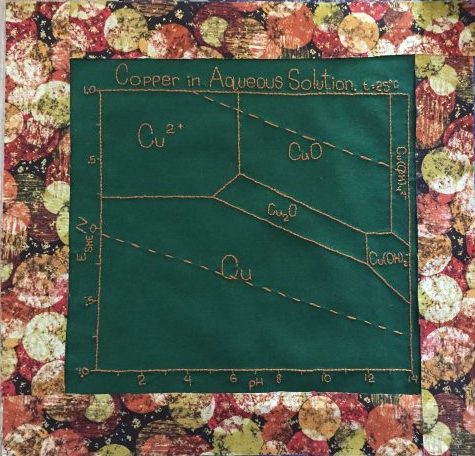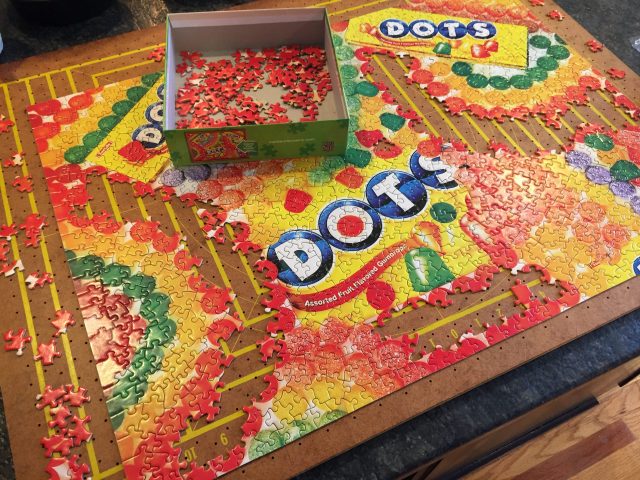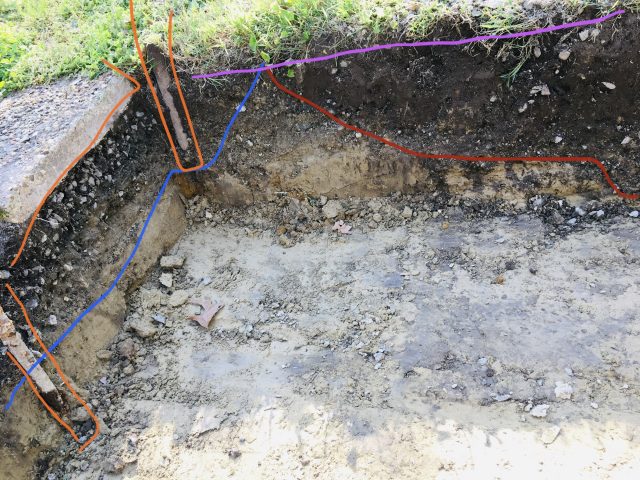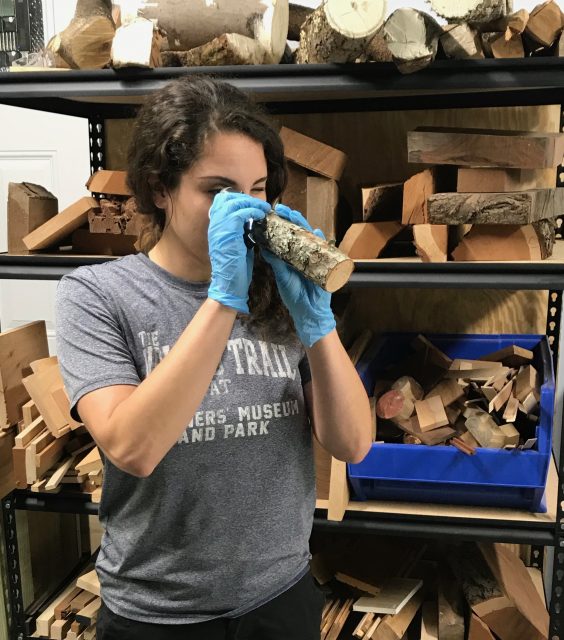This Monday marks eight weeks since the museum staff started working from home. For the Conservation Department it’s been an interesting transition. The majority of our daily life is spent treating objects, constructing object housing, and running analytical equipment. None of which we can do from home. In fact, professional museum bodies frown on conservators taking their work (aka the objects) home with them. Fair enough, but it does beg the question: what have you all been doing?
I’m so glad you asked. Paperwork. Lots and lots of paperwork. We’re finishing reports, catching up on research, and organizing object files. Also watching webinars, completing training, and planning for the future. It has been nice to have time to devote to the things that are usually relegated to the back burner.
We’re also channeling our skills into the everyday. In the object void, our conservators have started tackling personal conservation projects at home.
Emilie used book binding techniques to restore the sewing manual for her grandmother’s sewing machine. She mended the cover and replaced the staples with thread to make it stronger. This is a great example of how conservators consider how the object will be used in the future when designing a treatment.



Erik touched up a wooden shield from Africa which he inherited from his grandfather. His before and after photos are standard for professional treatment and an excellent record in the life of family heirlooms as well.


Even simple fixes are done with the best of care, as you can see with Laurie’s mending of this dish. The tape tabs keep the broken edges stable and tight until the adhesive sets.



As you can see, we’re definitely missing our more active roles in the labs. Our professional skills have even bled into other aspects of our home life.
We’ve been cleaning our homes and getting ready for spring:


It’s safe to say our homes will be the cleanest they’ve ever been this year!
We’ve been working on hobbies:
 I’m using electrochemistry in my crafting now. This embroidery is based on the Pourbaix diagram for copper. We use these diagrams during electrolytic reduction (ER) to make sure that metals are passivated during desalination. It shows theoretical zones of stability based on potential and pH, both of which we monitor during treatment. This is going to be a Pourbaix pillow.
I’m using electrochemistry in my crafting now. This embroidery is based on the Pourbaix diagram for copper. We use these diagrams during electrolytic reduction (ER) to make sure that metals are passivated during desalination. It shows theoretical zones of stability based on potential and pH, both of which we monitor during treatment. This is going to be a Pourbaix pillow.

Jigsaw puzzles are great for working on your color matching!
Tackling home improvement projects:


Hannah’s rock garden turned into a mini archaeological excavation complete with a stratigraphic map.
At times the lines have definitely blurred:


Paige continues her microscopic investigations, and has begun analyzing and characterizing her pets’ fur.
It’s good to know that we have lots of work to keep us busy as we stay home and social distance. I didn’t even include the collective baking photos (that’s science, right?!). I hope all of you are safe and healthy, and that you’ve also found creative ways to stay engaged and upbeat.